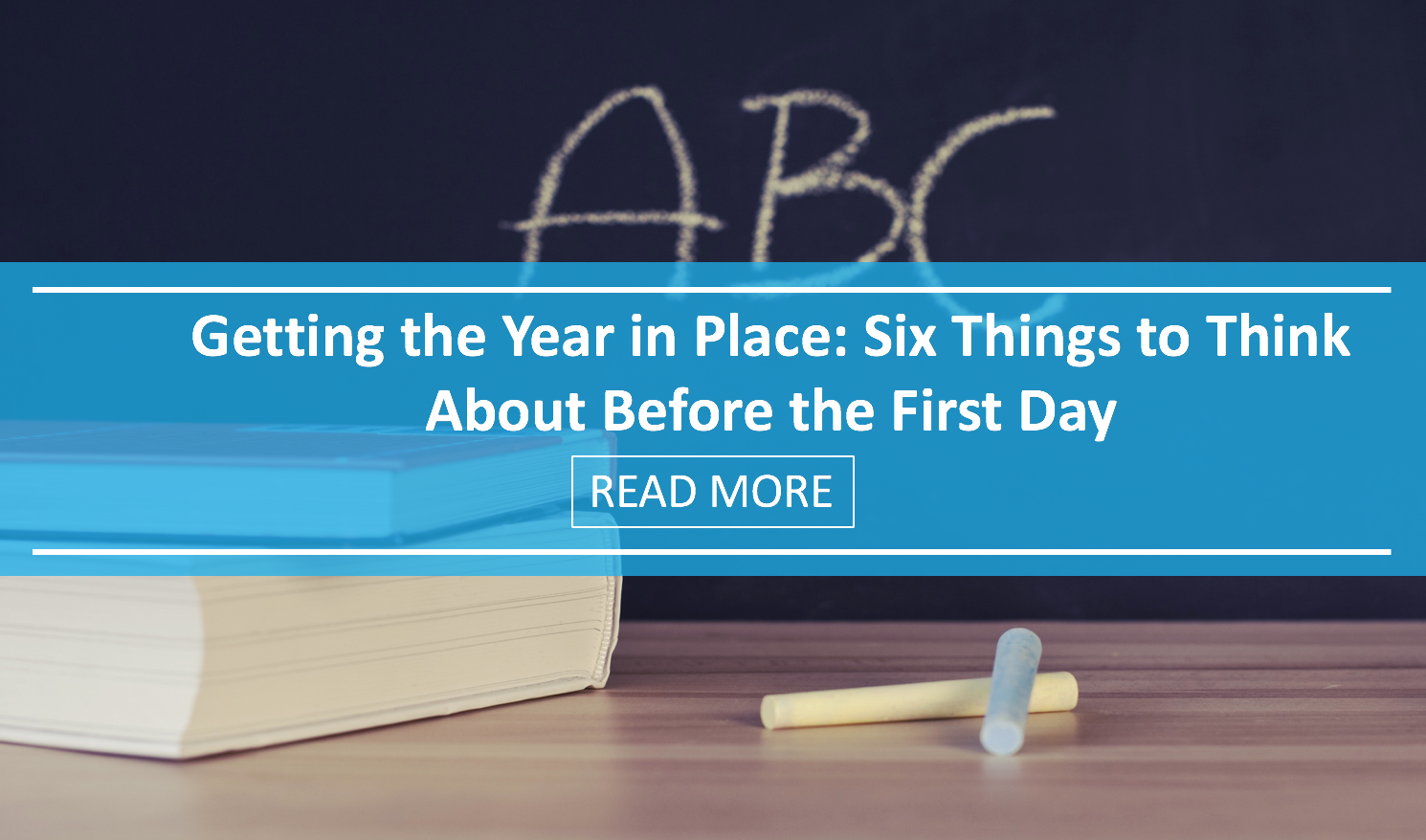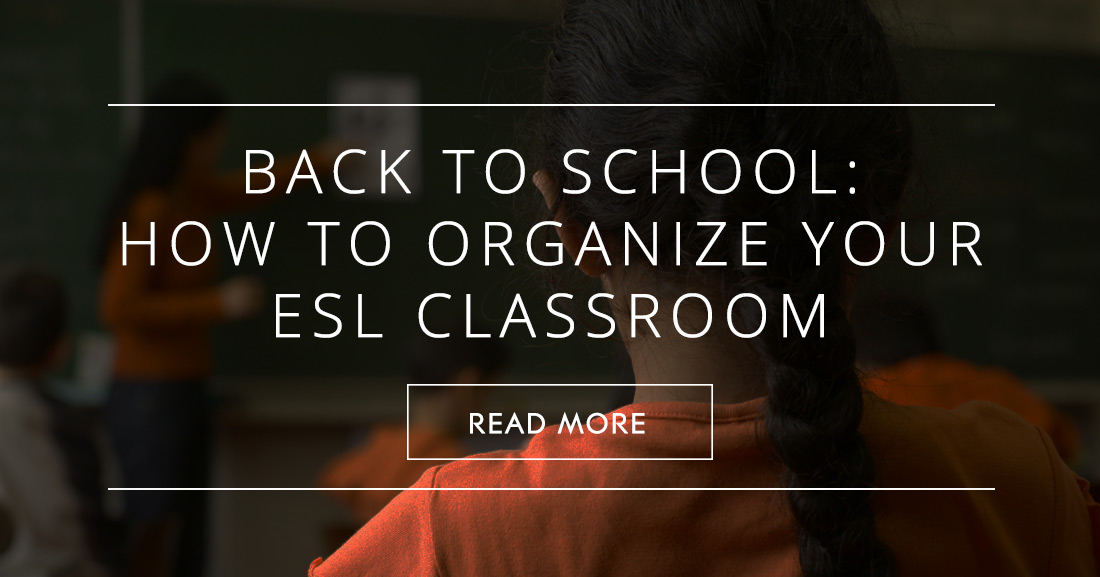Getting the Year in Place: Six Things to Think about Before the First Day


ESL books? ✔Check! Flashcards and illustrations? ✔Check! Back to school supplies? ✔Check! Classroom setup? Uh-oh…
Your classroom is the physical space where your students’ learning will take place, and there are ways in which you can maximize this space for more effective lessons. Here’s how:
Arrange desks or tables
Most of your space will be occupied by your students’ desks or tables. Your layout will depend on how many students you’ll have, but in any case try to avoid lining them up in rows. Your students will have lots of pair and teamwork activities. Your basic options are:
Whichever arrangement you decide on, make sure it suits the types of activities you’ll do. For example, the horseshoe is great for young learners because you can have the large area in the center to sit in or play games. Teens will love sitting in groups of four, while adults sitting in pairs will have partners for role plays and pair work. Keep in mind that studies show that students who sit facing each other tend to speak more.
You may also choose to abandon your desk at the front of the class and sit with your students. You can try anything you want, as long as it helps them participate and feel comfortable.
Organize special designated areas
Your students will be doing different things in the classroom from playing games to participating in fun art projects. Set up different corners in the classroom. Depending on how big your classroom is this may involve several pieces of furniture or a single chair. Here are some suggestions for “special” areas:
You can add as many areas as you like, or are able to add, within the confines of your classroom. Young learners love dressing up and a trunk filled with costumes is a great addition to an ESL classroom.
Arrange any other extra furniture
With the space you have left, see where you can place the remaining furniture so that it is accessible to either you or your students. Low bookcases should be easy for students to reach, while you may choose to have the cabinet where you store your personal belongings and private things behind your desk or in an isolated corner. Place accessories like coat racks and umbrella stands near the door.
Decorate your classroom!
Make the most of your bulletin board. Use it to make your students feel welcome. If you have foreign students who know little about the American or English culture, put up posters or illustrations to give them a feel for what they will be talking about; try photos of major American cities, typical English locations, foods, festivals, celebrations, etc…You may choose to give them an overview of what learning English is all about!
Moreover, hang plenty of charts, posters and illustrations throughout the classroom, but don’t do this simply to add color or fill up empty walls. Put up materials you know you will use later in class, like maps you will point to, or charts with numbers, the alphabet or the past form of irregular verbs.
Whatever you do, the key is to make your classroom student-centered rather than teacher-centered. Don’t think about what would look pretty to you or would make you the most comfortable. Think about a set up that will encourage participation and give them plenty of space to grow.
And if you’re in the search for more great tips, materials, and worksheets, be sure to check out our Back to School section, a collection of activities and ideas to get your school year off to a great start!